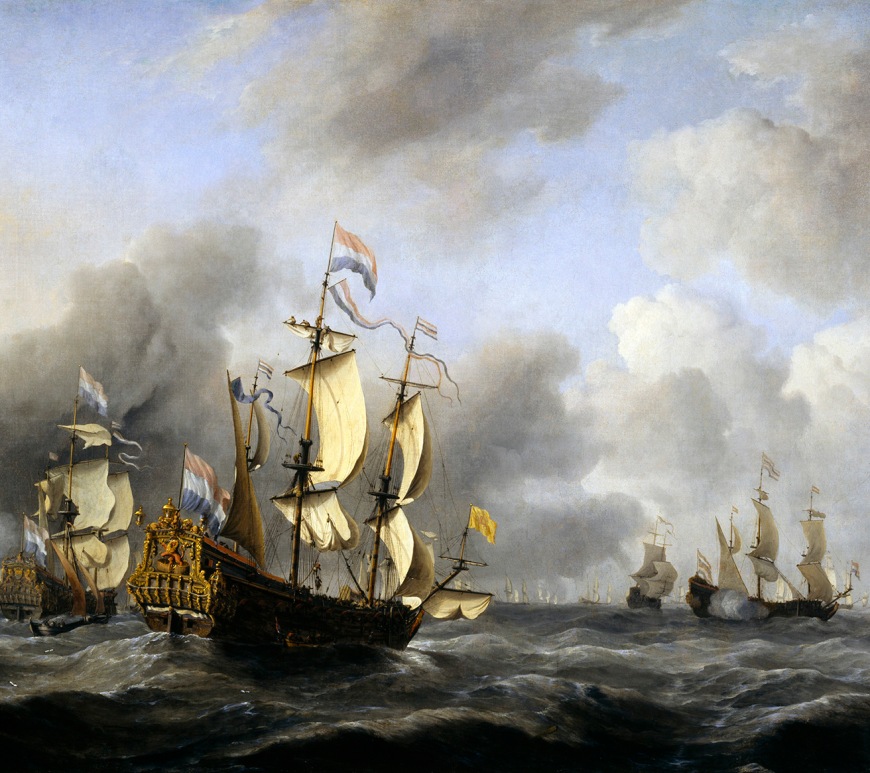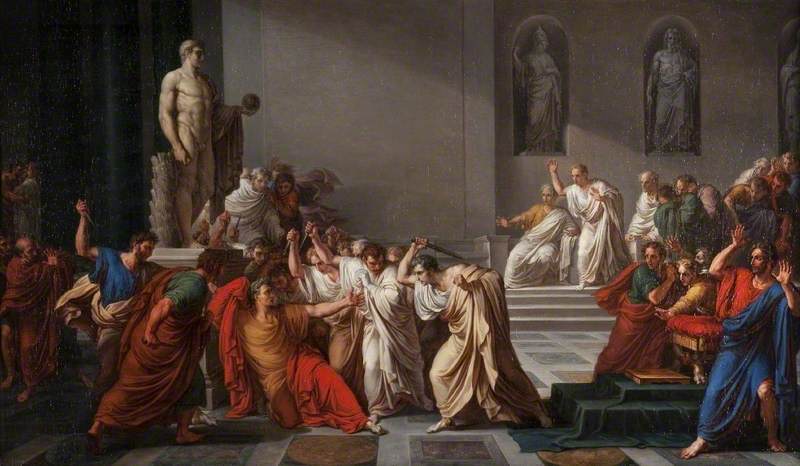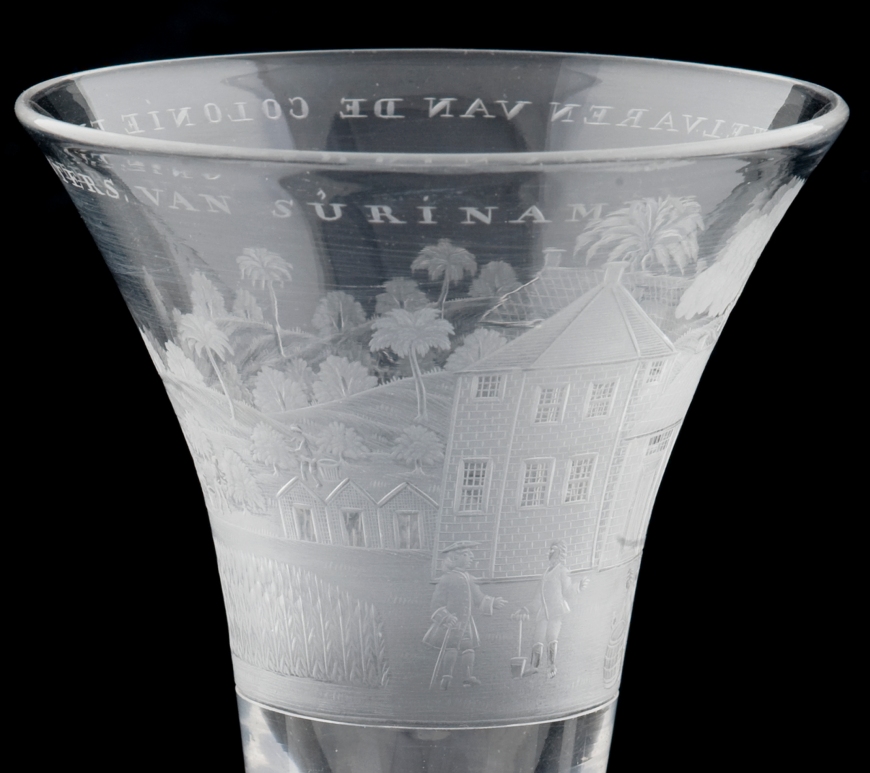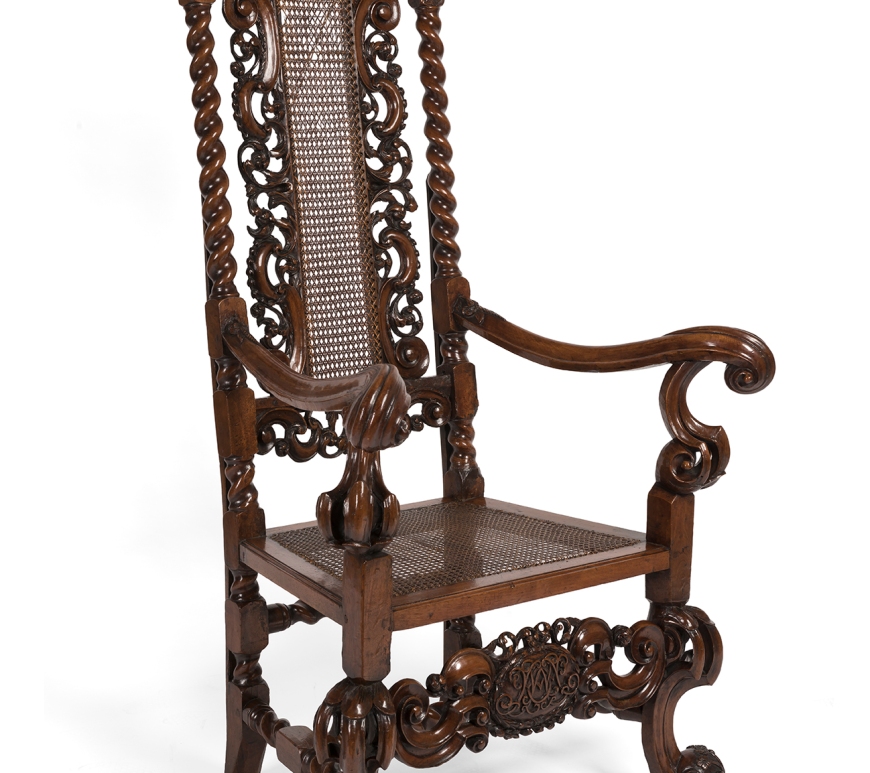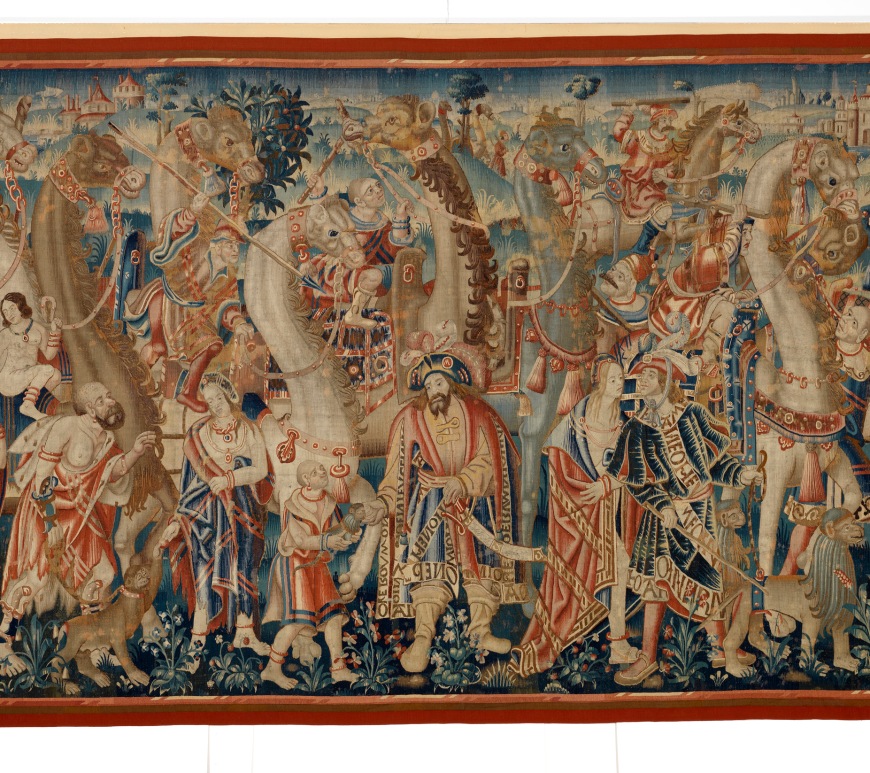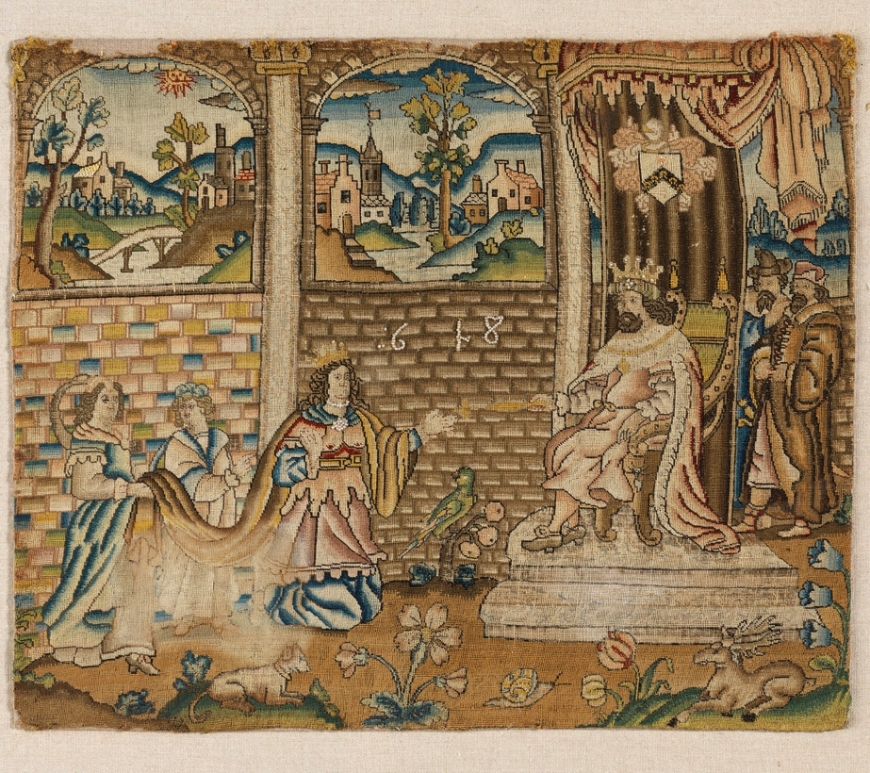
Where was an Esther?
This needlework panel embroidered in silk and metal threads depicts the biblical story of Esther and Ahasuerus. Esther was the Jewish wife of Ahasuerus, king of Persia. In this scene she is formally requesting that Ahasuerus stop his viceroy, Haman, ordering the killing all Jews in his empire. Ahasuerus signals his approval by lowering his golden sceptre and stops Haman’s plans for genocide. For centuries … Continue reading Where was an Esther?

